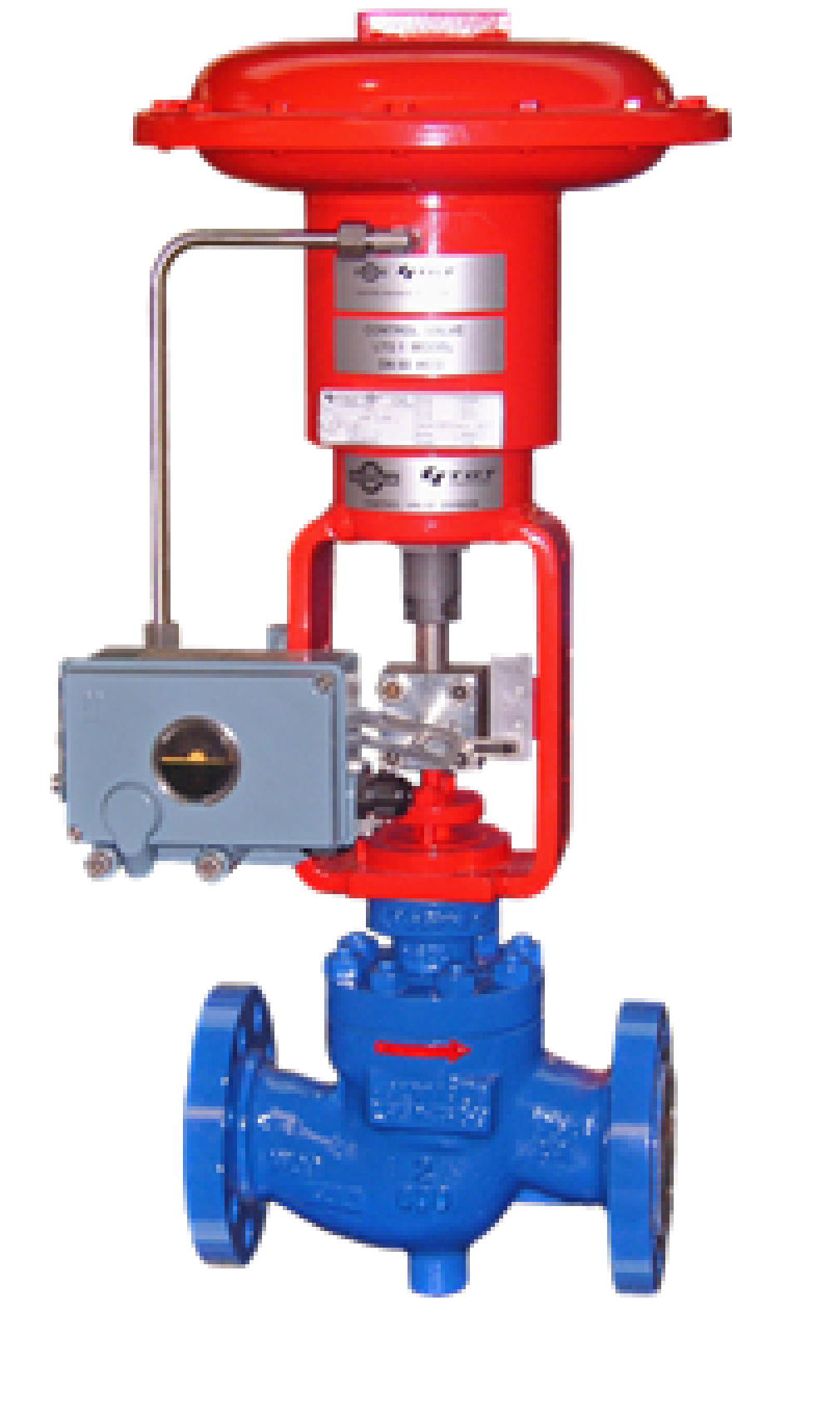Maximizing System Control with High-Performance Control Valves
Maximizing System Control with High-Performance Control Valves
Blog Article

Maximize Power Financial Savings and Comfort With Advanced Structure Automation Controls
In the realm of modern-day architecture and facility monitoring, the combination of advanced building automation regulates stands as a crucial development. By utilizing the power of automation, structures can adjust, react, and progress in ways that were as soon as unbelievable.
Power Effectiveness Conveniences
Power efficiency advantages can considerably decrease power consumption and functional expenses in structures. By executing energy-efficient techniques and innovations, structure owners and operators can accomplish considerable savings while additionally contributing to ecological sustainability. Among the main advantages of improving energy efficiency in structures is the decrease of energy costs. Energy-efficient systems, such as sophisticated structure automation controls, can maximize making use of resources like heating, cooling, and lights, bring about reduced power expenditures over time.
Moreover, enhanced power performance can extend the life expectancy of structure devices and systems. By operating extra effectively, heating and cooling systems, light, and various other structure elements experience less damage, causing decreased upkeep and replacement costs. Furthermore, energy-efficient buildings often command greater residential or commercial property worths and rental prices, providing long-lasting monetary benefits to owners.
Additionally, energy efficiency can enhance resident comfort and performance. Correctly managed indoor atmospheres with optimal lighting and thermal conditions create a more pleasant and helpful work space, resulting in improved worker complete satisfaction and performance. On the whole, the energy efficiency benefits connected with sophisticated building automation controls are multifaceted, encompassing cost savings, environmental stewardship, and occupant health.
Improved Comfort Control
Enhancing comfort control in building settings calls for an innovative integration of advanced automation systems for optimum occupant wellness. By using advanced structure automation controls, facilities can customize the indoor setting to fulfill the details demands and choices of passengers. These systems allow precise policy of lights, air flow, and temperature, creating a comfy and effective atmosphere. Owner fulfillment and performance are closely connected to thermal convenience, making it vital to have systems in location that can adapt to changing problems in real-time.
Enhanced convenience control exceeds fundamental temperature level changes. It includes features such as tailored settings, tenancy sensors, and all-natural light usage to produce a vibrant and receptive atmosphere. By including these innovative controls, structures can not just boost convenience yet likewise enhance power performance by optimizing system procedures based upon actual occupancy and usage patterns. Inevitably, prioritizing occupant convenience via innovative automation systems causes a much more satisfying and much healthier indoor setting.
Functional Effectiveness Improvements

Moreover, the application of real-time surveillance and analytics tools makes it possible for structure advice drivers to recognize power inadequacies and functional anomalies quickly. By constantly keeping track of energy usage patterns and system performance metrics, adjustments can be made in real-time to optimize power intake and ensure peak functional performance. control valves. In addition, integrating need feedback techniques right into structure automation controls can further improve functional performance by dynamically readjusting power usage based on grid problems and prices signals
Indoor Climate Optimization
Efficient indoor environment optimization is an essential aspect of building automation controls, making certain occupants' convenience and well-being while optimizing energy financial savings. By utilizing advanced sensors and controls, building automation systems can continuously check and adjust temperature level, humidity levels, air top quality, and ventilation to produce an ideal interior environment. Keeping regular and comfortable problems not just improves occupant fulfillment but likewise enhances productivity and general wellness.
Indoor environment optimization additionally plays a vital duty in energy effectiveness. By fine-tuning air conditioning, heating, and ventilation systems based upon real-time data and occupancy patterns, building automation controls can substantially decrease energy usage - control valves. Implementing approaches such as demand-controlled air flow and thermal zoning can assist reduce power waste while ensuring that each location of the building gets the needed conditioning.

Sustainable Setting Production
Structure automation manages not only maximize interior environment conditions for power effectiveness and resident comfort but also lay the foundation for developing a lasting atmosphere through strategic administration of resources and systems. By integrating innovative structure automation innovations, such as sensing units, actuators, and intelligent software program, centers can monitor and change power usage in real-time to minimize waste and lower their carbon impact. These systems allow predictive upkeep, identifying possible problems prior to they escalate and enhancing tools efficiency to improve long life over here and effectiveness.
In addition, sustainable setting creation extends past power monitoring to include water preservation, waste decrease, and interior air quality renovation. Structure automation controls can control water usage, identify leaks, and ensure correct garbage disposal methods, adding to total sustainability initiatives. Furthermore, by controlling and keeping an eye on air flow and filtration systems, these technologies enhance resident wellness and performance while lowering power intake connected with cooling and heating procedures.
Conclusion
To conclude, dig this advanced structure automation manages deal substantial benefits in terms of power financial savings, comfort control, functional efficiency, indoor climate optimization, and developing a lasting environment. By applying these controls, buildings can achieve optimal efficiency while decreasing power intake and boosting passenger comfort. It is obvious that using sophisticated automation technology is important in boosting building efficiency and developing a much more lasting future.
Power performance benefits can significantly reduce power consumption and functional costs in buildings. Generally, the power efficiency advantages connected with innovative structure automation controls are multifaceted, encompassing cost financial savings, ecological stewardship, and resident well-being.
In addition, incorporating need response methods into building automation controls can further improve functional performance by dynamically adjusting energy use based on grid problems and pricing signals.
Structure automation regulates not just maximize interior climate problems for power effectiveness and owner comfort however also lay the structure for creating a sustainable environment via tactical administration of systems and resources.In conclusion, progressed building automation controls deal considerable advantages in terms of power cost savings, convenience control, operational efficiency, indoor environment optimization, and developing a lasting environment.
Report this page